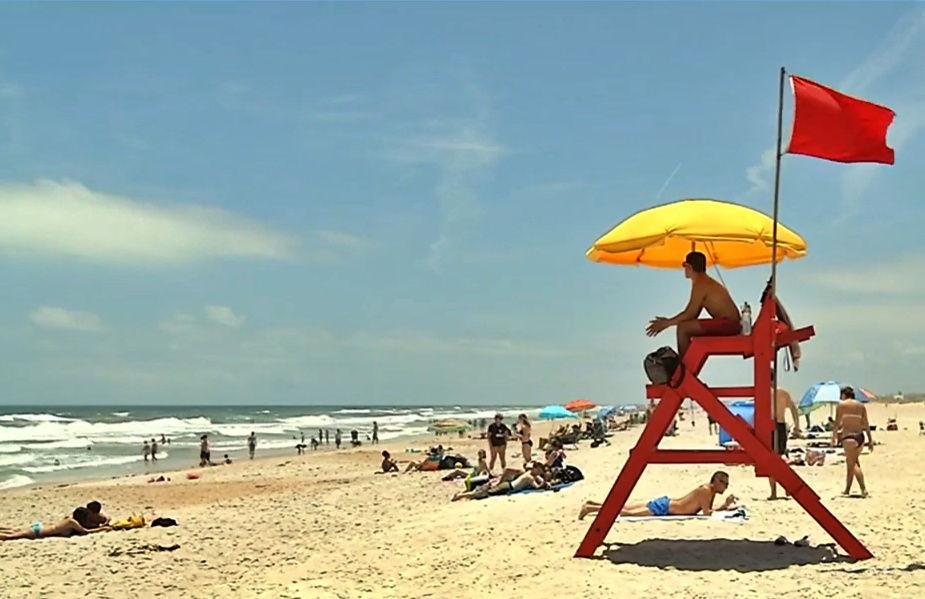Port votes to sell tugboat to repay Fed grant for ocean highway barge service that never materialized
- Mike Lednovich
- Feb 5, 2024
- 3 min read

The Ocean Highway Port Authority (OHPA) voted Monday to sell its tugboat Fort Clinch in order to repay federal grant money that was originally intended to bring a tug-barge business with ports like Savannah and Charleston. After three years, the program never got off the ground.
Meeting the provisions of the grant was doomed from the outset of OHPA's purchase of the 70-foot long Fort Clinch and other equipment in 2021 with some of the $1.2 million in grant funds. The Fort Clinch was not designed to be ocean-going, nor to accommodate handling barges. The tug's only use was to dock and disembark vessels in and out of the port.
The grant was from the U.S. Department of Transportation Maritime Administration (MARAD). The grant's goal was to eliminate truck traffic onto Amelia Island and reduce air pollution. The grant followed action by MARAD classifying waterways as M-95 (ocean highways).
MARAD has been asking OHPA about progress in establishing the barge service for the past two years.
OHPA Chair Miriam Hill said she along with Port Attorney Patrick Krechowski spoke with MARAD officials regarding the grant.
"From that discussion, what we gathered is that the U.S. Department of Transportation disagrees with the position that in-port operational costs of that ship (the tug) is sufficient to satisfy the requirements of the grant. So the best option going forward is to work with MARAD to dispose of the tug."

Hill said one potential buyer for the tug could be port operator Nassau Marine Terminal. However, Greg Haehl, director of operations for Nassau Marine Terminal, would not commit to the company purchasing the Ft. Clinch at OHPA's January meeting.
Hill said the sale of the Fort Clinch along with six trucks the port purchased to support the barge service was not a "negative" for OHPA.
"It doesn't result in a downgrading of our debt or a ding for future grant considerations. The position of the U.S. DOT is that of they would only want the portion of the fair market value, the federal match, so really that's a good outcome for OHPA because we wouldn't have to pay back the full purchase price of the tug and equipment," she said. "We would get the benefit because we've had the use of it (the tug) for this long and they're treating us in good faith and that efforts were made to develop this project but they were not fruitful."
Nassau Marine Terminal had submitted its explanation of the tug’s usage to MARAD in early January. In its response to MARAD, the port operator was relying on this sentence in the grant: “The procurement of this tug will reduce in-port operational costs associated with a weekly docking and undocking of a barge and tug.”
Nassau Marine Terminal asked OHPA commissioners to endorse its statements officially at its Jan. 22 meeting. OHPA withheld issuing a “letter of concurrence” and instead scheduled an emergency meeting Monday to address MARAD’s concerns.
"They (MARAD) still don't agree that the original purchase of the tug was for a specific reason and we said it was not for ocean going business but for docking and undocking," Commissioner Danny Fullwood asked Hill.
Hill said the barge service requirement was the linchpin of the grant.
The conditions of the grant were 75% federal funding with a 25% OHPA match. About $200,000 of grant funds were not spent and will be returned.
If a local company fails to purchase the Fort Clinch, ships doing business at the Port of Fernandina will have to rely on tug service from the Port of Jacksonville.




A flawed effort from the start but guess they thought they could get away with it. After all, it’s only taxpayer’s (grant) money. It would be interesting to find out how many hours of service did the tug actually provide and the revenue it generated versus the net cost.
Was there an alternative?